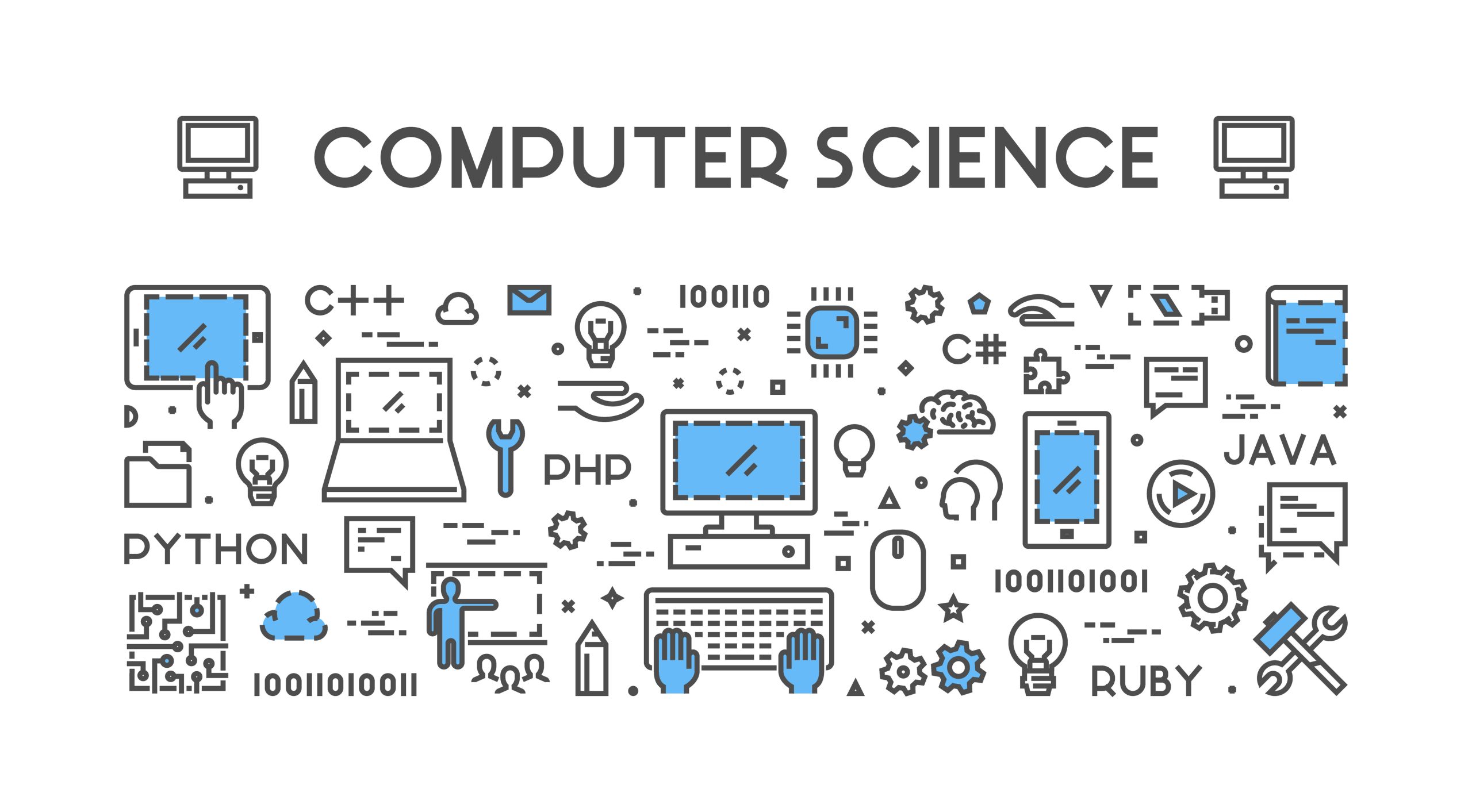Kaggle Competitions
Kaggle competitions are at the forefront of data science and machine learning challenges, offering a platform where participants tackle real-world problems posed by organizations and researchers. These competitions range from predictive analytics and computer vision to natural language processing and time series forecasting.
Interested in the competition?

Competition Overview
Anyone around the world
Eligibility
Free
Entry fee
Varies, depending on the competition
Submission deadline
Competition Details
1. Competition Categories
- Featured Competitions: These are Kaggle’s hallmark challenges, offering substantial cash prizes and tackling complex, commercially-driven prediction problems. Notable examples include the Allstate Claim Prediction Challenge, Jigsaw Toxic Comment Classification Challenge, and the Zillow Prize. They attract top experts but remain open to all, fostering skill-building through learning from peers.
- Research Competitions: Experimental and domain-specific, these problems often lack a clear solution and focus on advancing niche areas like image recognition or large-scale text classification. Past challenges include the Google Landmark Retrieval Challenge and Right Whale Recognition. They typically do not offer prizes, making them ideal for experimental exploration.
- Getting Started Competitions: Tailored for beginners, these semi-permanent challenges feature tutorialized problems to help newcomers learn. Examples include Titanic: Machine Learning from Disaster and Housing Prices: Advanced Regression Techniques. These competitions have rolling leaderboards, ensuring a fresh competitive environment for new users.
2. Competition Format
Simple Competitions:
- Follow a standard format where participants download datasets after accepting rules. Competitors build models locally or in Notebooks and upload predictions as submissions.
- Example: Porto Seguro Safe Driver Prediction.
Two-stage Competitions:
- Divided into Stage 1 and Stage 2, with a new test dataset provided in Stage 2. Stage 2 eligibility requires participation in Stage 1.
- Example: Nature Conservancy Fisheries Monitoring
Code Competitions:
- All submissions are made directly from Kaggle Notebooks, ensuring equal hardware allowances. Models are simpler due to platform-imposed compute constraints like runtime, memory, and external data usage,
- Example: Quora Insincere Questions Classification.
3. Resources
More resources to get you started can be found here.
Team Formation
1. Team Membership and Roles
- Team Leader: Primary contact for the team. Has additional privileges, like changing team leadership.
- Members: All other participants in the team. The Team Leader can reassign leadership to another member.
2. Key Team Actions
- Changing Team Name: Any team member can update the team’s custom name via the Team tab. This name appears on the leaderboard.
- Merging Teams (requires team leader approval): Teams can merge if (1) the competition’s team merger deadline hasn’t passed, (2) the merged team does not exceed the maximum team size, and (3) their combined daily submission count complies with the submission limits.
- Disband a team: Teams can only disband if no submissions have been made
3. Notes
- Submission Limits: Team size does not increase the daily submission limit.
- Collaboration Benefits: Joining a team helps you learn from others, combine approaches, and improve results
How To Join
1. Finding Competitions
- View the Competitions Listing to see all active competitions.
- Public competitions are searchable, while private ones require a shared unique URL.
2. Access the Competition Homepage
Click a competition to view its homepage. Key sections include:
- Rules: Contains mandatory rules for participation. Accepting the rules is required to download data or submit entries.
- Overview: Includes:
Description: Explains the competition’s objective and sponsor’s goal.
Data: Provides access to training and test datasets for building and evaluating models.
Evaluation: Details how submissions are formatted and evaluated (e.g., ranking metrics).
Timeline: Lists important deadlines, like rule acceptance and submission deadlines.
Prizes: Outlines rewards (monetary, swag, ranking points, etc.) if applicable.
3. Participating
- Join by clicking “Join” and accepting the rules (for public competitions).
- For private competitions, access requires a host-provided link.
4. Key Tips
- Always read and follow the rules to avoid disqualification or penalties.
- Use forums to clarify doubts or seek help from the community.
- Stay mindful of deadlines to ensure participation.
Submission Guidelines
To participate in Kaggle competitions, submitting your model predictions is essential. Your submission will be evaluated based on the competition’s scoring method and will place you on the leaderboard.
1. Types of Leaderboards
- Public Leaderboard: Displays submission scores based on a subset of the test data. Visible throughout the competition.
- Private Leaderboard: Tracks performance based on the remaining test data, and determines the final ranking after the competition ends. Be cautious of overfitting: models that perform well on the public leaderboard may not perform similarly on the private leaderboard
- Tiebreaker: If there’s an exact score tie, the team that submitted earlier will win
2. Submission Limit
- Teams have a daily submission limit (typically 5, but it varies by competition). Submitting more than the limit won’t increase your chances of winning and may be a waste of resources
3. Submitting Predictions
By Uploading a File:
- Most competitions allow you to submit predictions by uploading a “submission file.”
- To submit: Click Submit Predictions on the competition page. After, upload the prediction file when prompted. Once processed, your submission will appear under My Submissions.
- If the file fails processing, it will not be counted, nor will it affect your daily submission limit.
By Uploading from a Notebook:
- Some competitions allow submissions directly from Kaggle Notebooks.
- Steps to submit from a notebook:
Create a new Notebook with the competition dataset as the data source.
Build and test your model in the notebook.
Generate and save your submission file.
Click Save & Run All to complete the notebook.
After running successfully, navigate to the Notebook Viewer page to submit your file.
4. Choosing Your Final Submission
You can select which submission(s) to be scored before the competition closes. The platform will automatically select the highest-performing submission on the public leaderboard if none are chosen.






